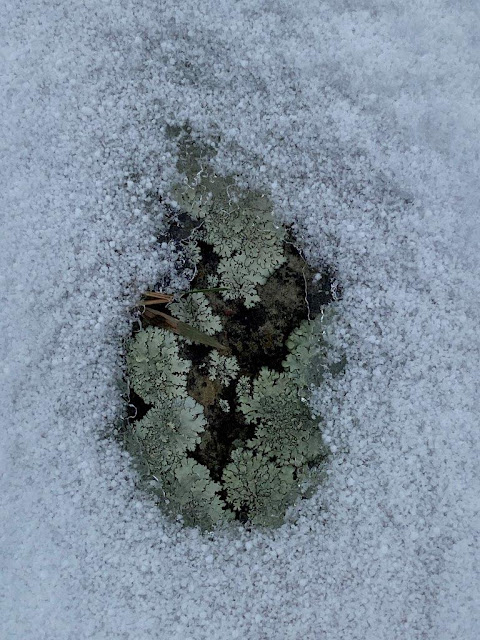I really try to review all the books that end up in my book basket, especially if I’ve requested them. But look! It’s the End Of January and I still have a dozen books from last year that I Haven’t Gotten To. Yet. So today I have a two-fer: two fun nonfiction books for middle-grade readers that came out in the fall.
The Museum of Odd Body Leftovers: A Tour of Your Useless Parts, Flaws, and Other Weird Bits
by Rachel Poliquin; illus. by Clayton Hanmer
88 pages; ages 7-11
Greystone Kids, 2022
I loved this book from the moment I opened to the table of contents – which is set up like a map to the museum. And yes, there is a café and a gift shop, as well washrooms (located conveniently next to the Scurvy exhibit). I’m gonna steal a bit from the back cover, which is a perfect introduction to the book:
Did you know your amazing, incredible body is a living, breathing museum of evolution? Look closely and you’ll find bits and pieces that were useful way back when our lives were very different from what they are today.
Like back when wisdom teeth were perfectly fine and would have served humans well, but then some folks discovered farming… which allowed them to grow grains and eat mushy food and now who needs those big back molars? There’s an entire exhibit – er, section – devoted to monkey muscles, a leftover from when our monkey ancestors walked on all four feet. There’s a hands-on test to see if you have monkey muscles in your arms – and a toes-on test to see if you have any in your feet. If you disregard the signs and sneak into the museum storage, you can find even more cool left-overs, including the appendix (I personally don’t use mine, but it’s hanging around anyway).
This book not only gives readers a fun tour of vestigial structures, but a breezy look at evolution. Though it’s more the dark side of evolution: the things that didn’t quite work out or weren’t needed anymore as creatures evolved to fill new niches. I mean … think about the poor whales with hip bones they haven’t used since their great-great-greats gave up walking on four legs!
Superpower? The Wearable-Tech Revolution
by Elaine Kachala; illus. by Belle Wuthrich
112 pages; ages 9-12
Orca Book Publishers, 2022
Super strength. Super hearing. Super vision… superpowers through wearable technology! This used to be the stuff of sci-fi and now it’s coming to a place near you. And sooner than you think. We already have smart glasses, smart watches, smart phones and continuous glucose monitors. As author Elaine Kachala points out, we are in the midst of a fourth industrial revolution.
This book is divided into five chapters, beginning with explaining what wearable tech is. It’s more than just strapping on a computer. Wearable tech is a synergistic combination of textiles and technology. And an extension of what started ages ago with the first person strapping on a wristwatch. What’s beyond the Fitbits, VR headsets, and body cams?
The thing is, Kachala notes, wearable tech changes our lives. Think about how prosthetic limbs have changed what people can do, and how augmented reality layers graphics over the real world (as in the Pokemon Go game). Not only that, wearables augment our “human-ness.” She provides examples of engineering tissues and organs, wound-healing technology, and the possibilities of brain-computer interfaces. Then Kachala dives into issues of privacy, safety, and ethical questions. Packed with sidebars about tech and backmatter, this is a book that will have young people brainstorming their future and possible evolution of our species.
I invited Elaine over to the blog for a One Question interview.
Me: So do you sport any wearable tech? I don't even have a fitbit, but I do use my phone to track steps. It's in my pocket... does that count?
Elaine: I'm an avid exerciser, almost daily, but so far I don't use a wearable for exercise. I've had (human) gym coaches in the past and now I use programs like Peleton. I find coaching vs just tracking more useful. But I do have a wearable - it's a brain-wave sensing headband called Muse. Sport wearables are getting pretty sophisticated though, with coaching abilities, so I might just invest one day soon. As for your phone: Nope! It does not count as a wearable. Wearables are devices that are on, in or attached to your body.
Elaine is a member of #STEAMTeam2022. She and Natalie Aguirre had a great conversation about Superpower? over at Natalie’s blog, Literary Rambles. You can find out more about Elaine at her website and follow her on Facebook
Thanks for dropping by today. On Monday we'll be hanging out at Marvelous Middle Grade Monday with other bloggers. It's over at Greg Pattridge's blog, Always in the Middle, so hop over to see what other people are reading. Review copies provided by the publishers.

















